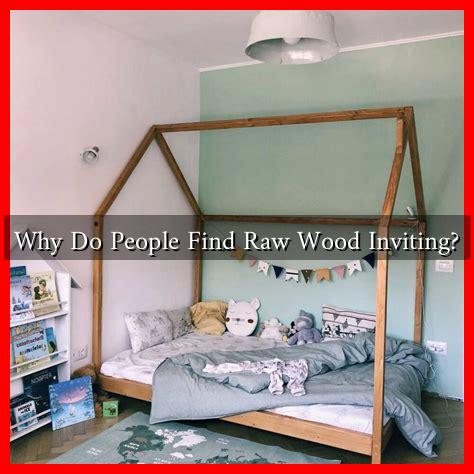-
Table of Contents
Why Do People Find Raw Wood Inviting?
In recent years, the trend of incorporating raw wood into home decor and design has surged. From rustic furniture to exposed beams in modern architecture, raw wood has a unique ability to evoke feelings of warmth and comfort. But what is it about raw wood that makes it so inviting? This article explores the psychological, aesthetic, and environmental factors that contribute to our affinity for this natural material.
The Psychological Appeal of Raw Wood
One of the primary reasons people find raw wood inviting is its psychological impact. Natural materials, including wood, have been shown to evoke feelings of calmness and relaxation. This phenomenon can be attributed to several factors:
- Connection to Nature: Humans have an innate connection to nature, often referred to as biophilia. Raw wood brings the outdoors inside, creating a sense of tranquility and grounding.
- Warmth and Comfort: The organic textures and colors of raw wood can create a cozy atmosphere, making spaces feel more inviting and homey.
- Authenticity: In a world dominated by synthetic materials, raw wood represents authenticity and craftsmanship. This can foster a sense of trust and comfort in a space.
Aesthetic Qualities of Raw Wood
The aesthetic appeal of raw wood cannot be overstated. Its unique grain patterns, colors, and textures contribute to its charm. Here are some aesthetic qualities that make raw wood so desirable:
- Unique Patterns: No two pieces of wood are alike. Each has its own distinct grain, knots, and imperfections, which add character and individuality to furniture and decor.
- Versatility: Raw wood can complement various design styles, from rustic and farmhouse to modern and minimalist. This versatility makes it a popular choice for designers and homeowners alike.
- Natural Color Palette: The warm tones of wood can enhance the overall color scheme of a room, creating a harmonious and inviting environment.
Environmental Considerations
As sustainability becomes a more pressing concern, many people are drawn to raw wood for its environmental benefits. Here are some reasons why raw wood is considered an eco-friendly choice:
- Renewable Resource: Wood is a renewable resource, especially when sourced from sustainably managed forests. This makes it a more environmentally friendly option compared to synthetic materials.
- Carbon Sequestration: Trees absorb carbon dioxide as they grow, helping to mitigate climate change. Using wood in construction and furniture can help store carbon long-term.
- Biodegradability: Unlike plastic and other synthetic materials, wood is biodegradable, reducing its impact on landfills.
Case Studies and Examples
Several case studies highlight the inviting nature of raw wood in various settings:
- Residential Design: A study by the University of British Columbia found that homes featuring natural materials, including raw wood, were perceived as more comfortable and inviting by residents.
- Commercial Spaces: Many restaurants and cafes have adopted raw wood elements in their interiors. For instance, the popular chain Starbucks incorporates reclaimed wood in its stores to create a warm and inviting atmosphere.
- Workspaces: Companies like Google and Facebook have embraced raw wood in their office designs, promoting a sense of well-being and creativity among employees.
Conclusion
In conclusion, the inviting nature of raw wood can be attributed to its psychological appeal, aesthetic qualities, and environmental benefits. As people increasingly seek comfort and authenticity in their living and working spaces, raw wood continues to be a favored choice. Its unique characteristics not only enhance the beauty of a space but also foster a deeper connection to nature and sustainability. Whether in residential homes, commercial spaces, or workplaces, raw wood remains a timeless material that resonates with our innate desire for warmth and comfort.



